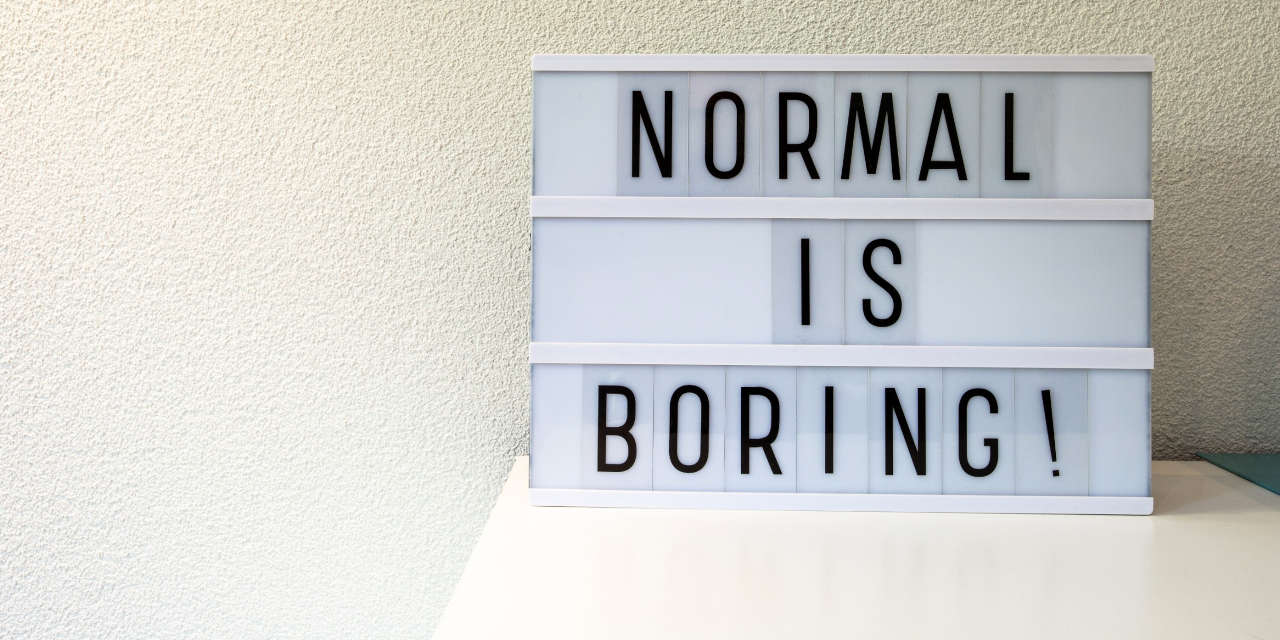By Steve Moran
I visit a lot of senior living communities each year, and I have come to realize something awful about YOUR community that I visited.
It is mostly the same as the one I visited before I visited yours.
And this really depresses me!
Some Caveats
I have visited thousands of senior living communities over the last big bunch of years. This means that I am perhaps harder to impress than a typical consumer, who will look at two to five communities before making a decision.
Sameness can be very nice. All Hampton Inns are more or less the same. In fact, that is part of the appeal. You know what you are getting. The same can be said of Ritz-Carltons — they are all more or less the same, though a very different experience than you would get at a Hampton Inn.
Continuing with the hotel theme, the Gaylord Hotels, a Marriott brand, goes out of its way to create very different hotel experiences. Most people who attend a lot of conferences hate them because they are convoluted and confusing. But there are clearly many people who love the nontraditional experience, which is why they are successful.
The brand takes, or at least took, a risk, knowing that some people will hate the experience.
And if I have actually visited your community and you wonder if I am writing about your specific community and my specific experience, probably not, sort of, maybe, probably.
Good and Bad
The good part of being “the same” is that you are unlikely to really turn people off by what you do. How can you turn people off if you are inoffensive? The bad part of it is that there is no particular reason for a consumer to choose your community, your brand, over another community. It makes increasing occupancy a much more random event, based on price, location, one random encounter with a team member or resident on the day they tour, or maybe whether they had a good or bad experience at another community.
Worth Thinking About
It is worth thinking about what makes you stand out. In the communities where I remember the experiences — the good ones — it is almost always about the people and only rarely about the building. How I felt as a visitor. Could I see myself living there? Interactions with residents, with team members, how it felt, how it smelled, how I was treated.
It was the level of fun and interaction and community I could see happening between residents and residents, residents and staff. Some of my best experiences have been in low-income subsidized communities where I felt at home.
Beyond Price and Location
Beyond price and location, what have you done, what are you doing to make your community stand out, to feel good for prospects, employees, and residents? What could you do? What residents should every prospect meet? What team member should every prospect meet? What family member should they talk to?
If you put time into this, your occupancy challenges will disappear, as will your staffing challenges.








